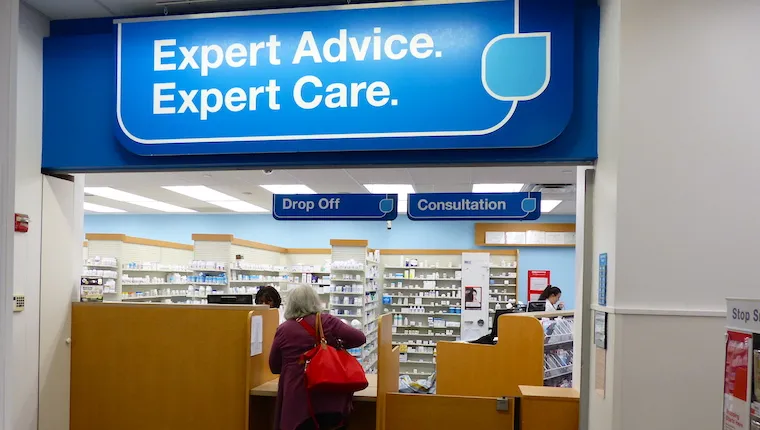In many significant ways, the chain drug store business looks very different at the start of 2016 than it did a year ago.
Walgreens Boots Alliance, which emerged from a two-step merger process at the close of 2014, spent the past 12 months rationalizing operations in the United States and developing synergies with its retail and drug distribution holdings in 25 countries around the world.
CVS Health, the other serious contender for preeminence in community pharmacy, augmented its position with the acquisition of some 1,660 pharmacies and retail clinics from Target, and the purchase of Omnicare, the nation’s biggest provider of pharmacy services to long-term-care facilities.
Those developments solidified the two-tier structure in the chain drug industry, where CVS Health and WBA, each with total sales in excess of $100 billion a year, dwarf the rest of the field.
The No. 3 player for now, Rite Aid — which in recent years has also been engaged in expanding the scope and scale of its business with the acquisition of Health Dialog, an innovative health coaching and analytics company; retail clinic operator RediClinic; and the EnvisionRx PBM — has annual sales of about $30 billion.
All indications are that the concentration of power in the drug store sector will proceed. WBA announced in late October that it intends to buy Rite Aid for $17.2 billion. The Federal Trade Commission is taking a close look at the deal, having requested additional information from both companies last month. While the FTC is likely to require some store divestitures, the transaction should go through.
Competition in the broader community pharmacy sector remains robust, with the likes of Walmart, Kroger and Albertsons each operating more than 1,500 prescription counters; almost 20,000 independent pharmacies still in the fray; and mail-order providers accounting for nearly 30% of dollar sales.
Regulators should recognize that the intense downward pressure on prescription drug margins that over the years has become the norm for pharmacy operators, coupled with the drive to rein in health care costs that has coincided with implementation of the Affordable Care Act, makes increased size desirable.
CVS Health, WBA and other pharmacies engaged in M&A activity aim to leverage broader store and sales bases to become more efficient operators while continuing to meet the needs of the patients they serve. Increased scale provides a company with greater bargaining power with PBMs and other business partners, and makes it more attractive to payers as they put together pharmacy networks.
Given those conditions, 2016 is almost certain to see further consolidation — horizontally and perhaps vertically — prompting pharmacies with sufficient resources to respond in kind and others to explore new ways to stay competitive. Look for the nation’s big drug wholesalers to play a more prominent part in supporting small chains and independents, whether through franchised chains like McKesson’s Health Mart and Cardinal Health’s Medicine Shoppe or AmerisourceBergen’s Good Neighbor Pharmacy branding program.
Such innovative partnerships as that between CVS and Target, which will see the former operate the pharmacies it recently acquired within the latter’s discount stores, and the controversial fulfillment agreements struck between Walgreens and Valeant Pharmaceuticals, under which the drug maker will, among other things, cut prices for all dermatological and ophthalmological products sold at the drug chain by 10%, should become more widespread.
New ways of doing things are essential at a time when community pharmacy is being asked to do more to help patients maintain their health than ever before, even as profit margins are scaled back and the industry works through a difficult, if welcome, transition from remuneration based on products dispensed to services rendered, and the outcomes those services produce.
Pharmacy operators will have to be nimble to succeed in such an environment. The actions of CVS Health, WBA and others reflect an understanding that the status quo will no longer suffice. Regulators need to let them do their work.







